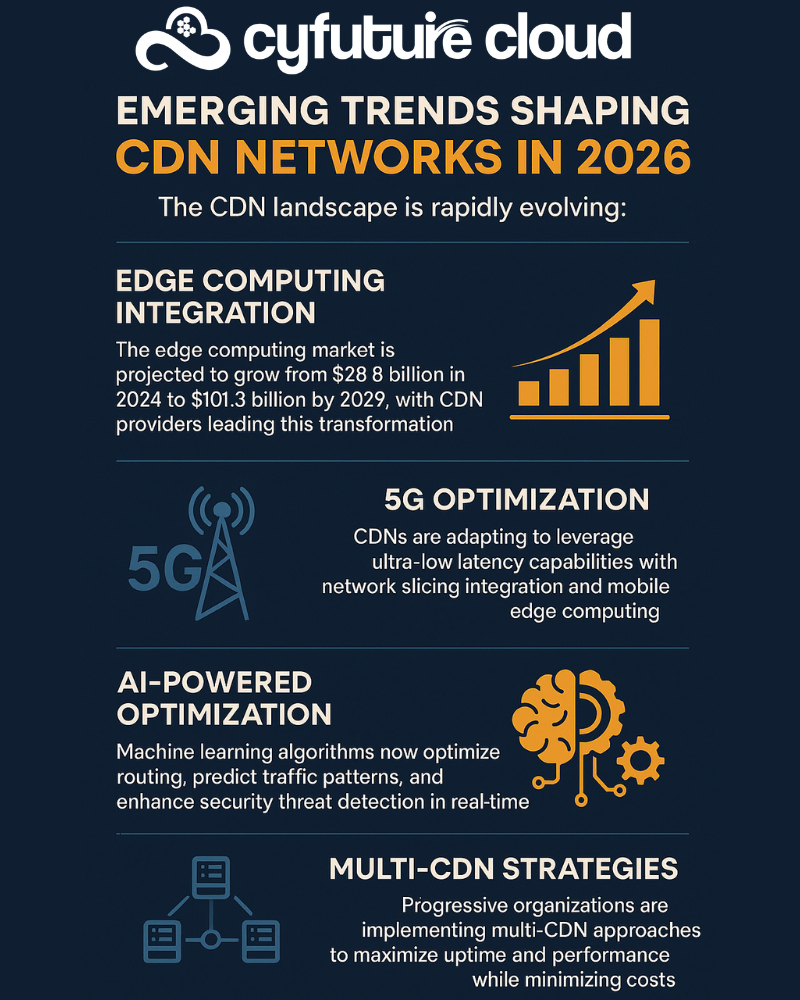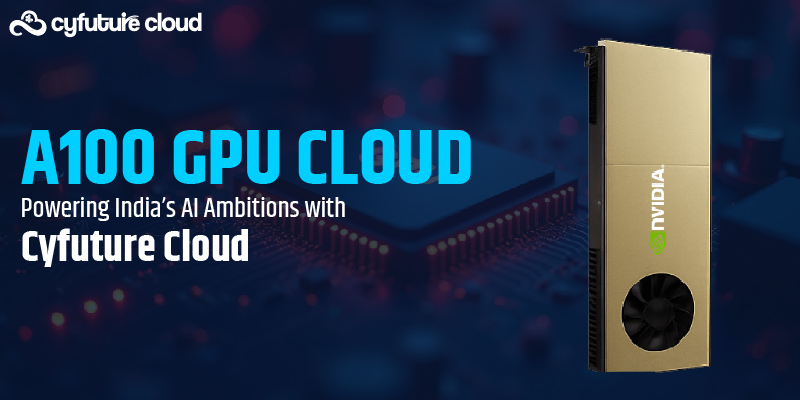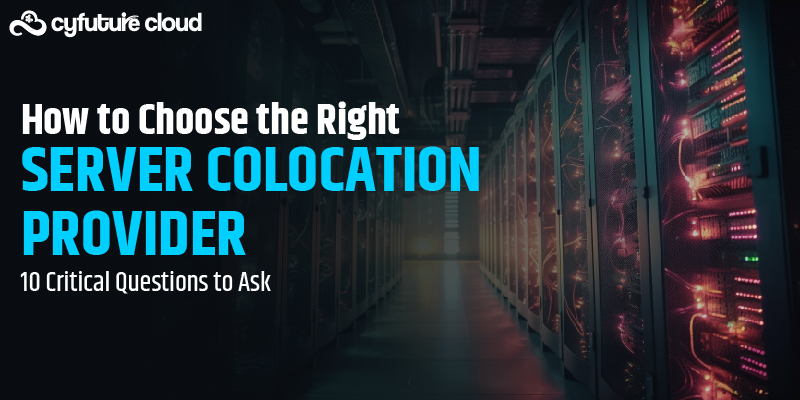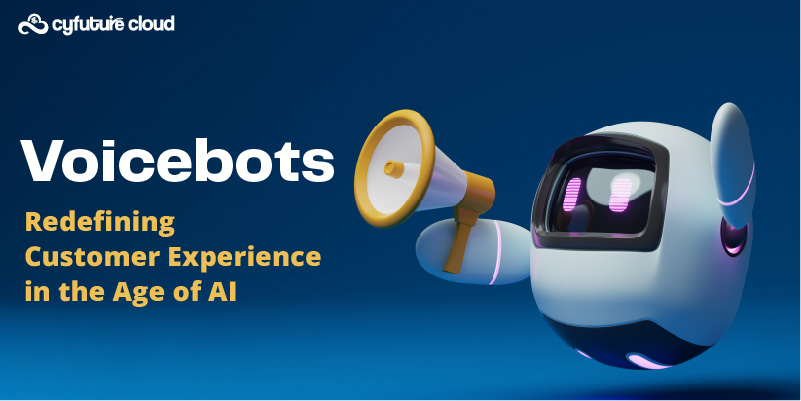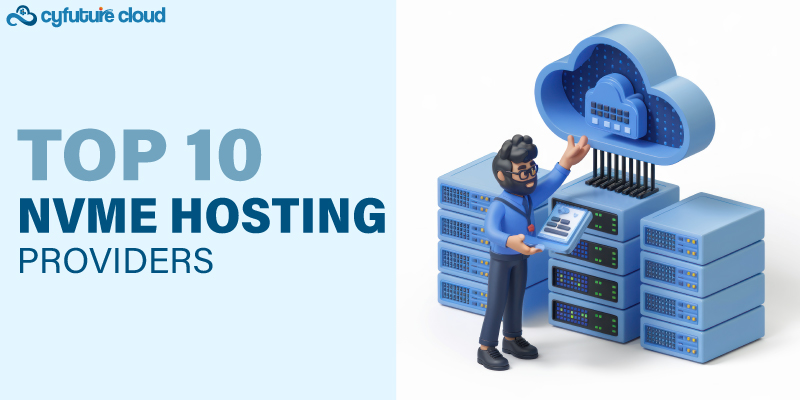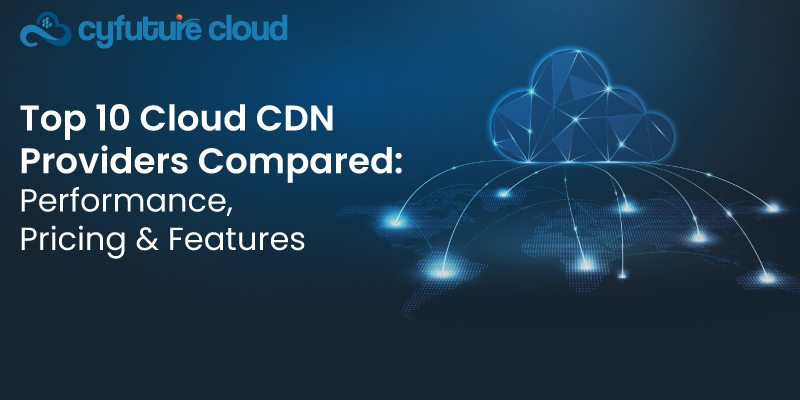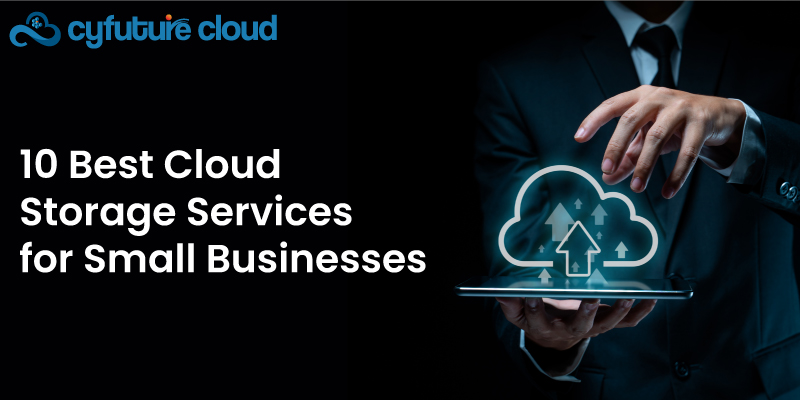Table of Contents
- Introduction: Navigating the CDN Landscape in 2026
- What is a CDN Network?
- Why Your Business Needs a CDN Network in 2026
- Top 10 CDN Network Providers: Comprehensive 2026 Comparison
- Key Selection Criteria for Choosing Your CDN Network
- Accelerate Your Digital Infrastructure with the Right CDN Network
- Frequently Asked Questions (FAQs)
- What is the difference between CDN and traditional web hosting?
- How much can a CDN reduce my website’s load time?
- Are CDN services expensive for small businesses?
- Can I use multiple CDN providers simultaneously?
- How do CDNs improve security?
- What is edge computing and how does it relate to CDNs?
- How do I measure CDN performance?
- What happens if my CDN provider experiences an outage?
- How quickly can I implement a CDN?
Are you searching for the best CDN network providers to supercharge your website’s performance and deliver lightning-fast content to users worldwide?
Here’s the thing:
A Content Delivery Network (CDN) is a geographically distributed network of servers that work together to deliver web content—including images, videos, stylesheets, and scripts—to users based on their geographic location, ensuring minimal latency and maximum speed. In 2026, as global internet traffic is projected to reach 5.3 zettabytes per year according to Cisco’s latest Annual Internet Report, choosing the right CDN network has become more critical than ever for businesses aiming to maintain competitive advantage in an increasingly digital-first world.
The reality is stark: studies show that 53% of mobile users abandon websites that take longer than 3 seconds to load, and every 100-millisecond delay in load time can decrease conversion rates by 7%. With user expectations at an all-time high and global competition intensifying, selecting the optimal CDN network provider isn’t just a technical decision—it’s a strategic imperative that directly impacts your bottom line.
But here’s where it gets interesting:
The CDN market, valued at $22.4 billion in 2024, is experiencing unprecedented growth, with projections indicating it will reach $45.8 billion by 2030. This explosive expansion has brought forth numerous providers, each claiming superior performance, better pricing, and more advanced features.
So how do you cut through the noise?
This comprehensive guide breaks down the top 10 CDN network providers for 2026, examining their core capabilities, performance metrics, pricing structures, and unique value propositions to help you make an informed decision.

What is a CDN Network?
A CDN network functions as a distributed infrastructure that caches content at multiple points of presence (PoPs) across the globe. When a user requests content from your website, the CDN automatically routes that request to the nearest server, dramatically reducing the physical distance data must travel.
The architecture typically consists of:
- Edge servers that store cached content close to end-users
- Origin servers that host the original content
- Distribution mechanisms that replicate content across the network
- Request routing systems that direct users to optimal servers
Modern CDN networks leverage sophisticated algorithms, anycast routing, and real-time traffic management to ensure optimal performance under varying network conditions.
Why Your Business Needs a CDN Network in 2026
Let’s be clear about something:
The digital landscape has fundamentally transformed. With video content accounting for 82% of all internet traffic in 2025 and mobile devices generating 63% of web traffic, traditional cloud hosting solutions simply can’t keep pace.
Consider these compelling statistics:
- Websites using CDNs experience 50% faster load times on average
- CDN implementation reduces bandwidth costs by 60-80% through efficient caching
- DDoS attack mitigation through CDNs has prevented $1.2 trillion in potential business losses globally
- E-commerce sites using CDNs report 20-35% higher conversion rates
The question isn’t whether you need a CDN—it’s which one fits your specific requirements.
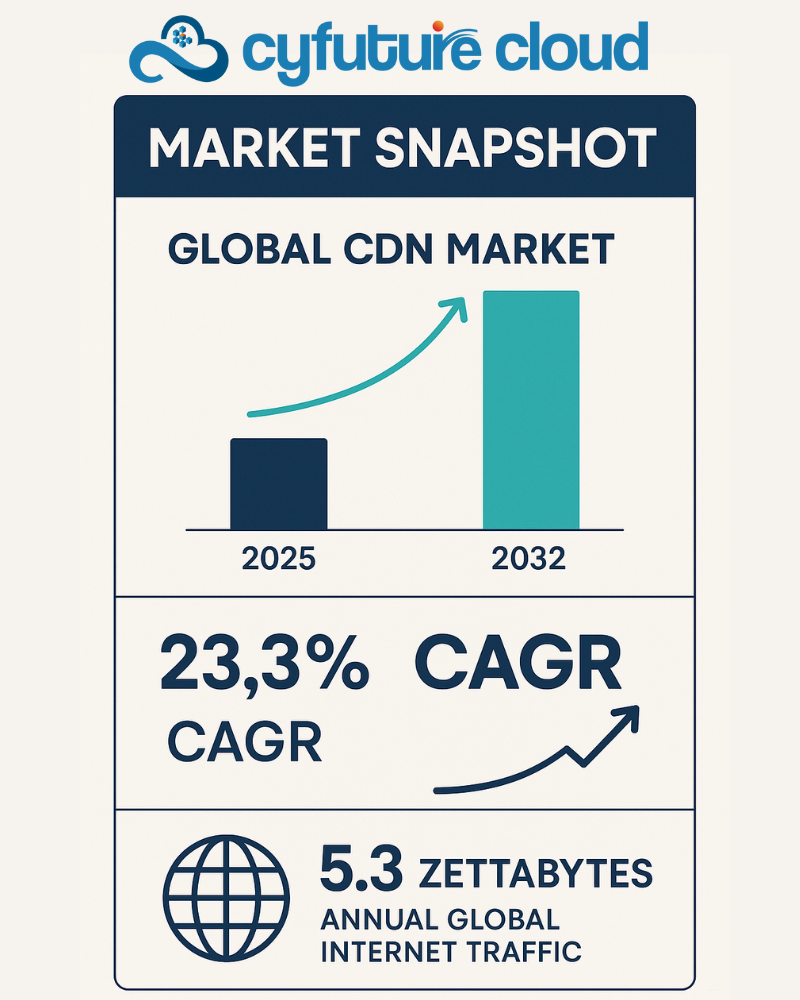
Top 10 CDN Network Providers: Comprehensive 2026 Comparison
1. Cyfuture Cloud CDN
Cyfuture Cloud has rapidly emerged as a formidable player in the CDN landscape, particularly for organizations targeting South Asian and emerging markets. With over 150 Points of Presence (PoPs) strategically positioned across multiple countries and territories, Cyfuture Cloud delivers enterprise-grade content delivery solutions with specialized focus on the Indian subcontinent and emerging markets Cyfuture Cloud.
Key Features:
- Integration with latest technology to decrease page load time by 20% Cyfuture Cloud
- Global distribution network optimized for Asian markets
- Advanced caching methods, routing algorithms, and content optimization to increase content delivery and minimize bounce rates Cyfuture Cloud
- Enhanced security features including DDoS protection and web application firewall Cyfuture Cloud
- HTTP/3 support with QUIC protocol for encrypted, accelerated web traffic
- Real-time intelligent analytics for deployment and monitoring
Performance Metrics: Implementation delivers 40% cost savings and 25% performance improvement Cyfuture Cloud according to verified customer testimonials, with particular strength in regional content delivery.
Best For: Enterprises targeting Indian and Asian markets, ecommerce platforms, OTT streaming services, and businesses requiring localized support with competitive pricing.
2. Cloudflare
Cloudflare dominates the global CDN market as one of the largest and most widely adopted providers, powering over 25 million websites worldwide. Founded in 2009 and headquartered in San Francisco, California, Cloudflare started as a Content Delivery Network with the simple goal of improving website speed and security LogicPin.
Key Features:
- Over 310 data center locations across 100+ countries with heavy coverage in the United States, Canada, Europe, Australia, and rapidly expanding presence in Asia and Latin America LogicPin
- Fastest provider in 40% of the top 1000 networks Cloudflare
- Robust free tier including SSL, DDoS protection, and DNS
- Advanced features: Workers, edge computing, AI gateway
- HTTP/3 and QUIC protocol support
Performance Metrics: CDN reduces latency by serving content from the closest data center, with TCP connection times optimized through strategic edge server placement Cloudflare
Pricing: Free tier available; Pro starts at $20/month; Business at $200/month; Enterprise custom pricing
Best For: Websites of all sizes, particularly those requiring robust security, global reach, and developer-friendly features.
3. Amazon CloudFront
Amazon CloudFront, AWS’s enterprise-grade CDN solution, seamlessly integrates with the broader Amazon Web Services ecosystem. The popular CDN by Amazon advertises 114 POPs around the world Cdnperf, providing comprehensive global coverage.
Key Features:
- Serverless compute features at the AWS content delivery network edge to balance cost, performance, and security, with built-in data compression and field-level encryption Amazon Web Services
- Deep integration with AWS services (S3, EC2, Lambda@Edge)
- CloudFront accelerates delivery of dynamic content by reducing the distance traveled for establishing TLS connections and maintaining persistent connections to the origin from edge locations AWS
- CloudFront Functions for lightweight JavaScript customization
- Advanced security with AWS WAF integration
Performance Metrics: In India, Cloudflare is 5ms behind CloudFront, making CloudFront the number one provider in that region Cloudflare
Pricing: Pay-as-you-go model; first 10TB costs $0.085/GB in the US; Lambda@Edge at $0.60 per million invocations
Best For: AWS-centric organizations, enterprises requiring seamless cloud integration, video streaming platforms.
4. Akamai Technologies
Akamai Technologies stands as the pioneering giant of the CDN industry, having been founded in 1998 at MIT. Akamai has grown to serve more than 50% of global internet traffic, working with major enterprises across various industries including media, e-commerce, financial services, and healthcare DCF Modeling.
Here’s what makes them dominant:
Key Features:
- CDN cloud infrastructure generates $1.63 billion in annual revenue with 39.2% global CDN market share DCF Modeling
- Serves over 15,000 enterprise clients worldwide with stable enterprise client retention rate of 92% DCF Modeling
- Advanced edge computing capabilities
- Comprehensive cloud security solutions with 4.2% cybersecurity market share
- Web application firewall and DDoS protection
Performance Metrics: The content delivery network market size has grown rapidly from $25.8 billion in 2024 to $30.11 billion in 2025 at a compound annual growth rate of 16.7% Globe Newswire, with Akamai leading this expansion.
Pricing: Enterprise-level custom pricing based on traffic volume and features
Best For: Large enterprises, media companies, financial institutions requiring maximum reliability and extensive global coverage.
5. Fastly
Fastly has carved out a unique niche in the CDN market with its developer-first approach and powerful edge computing capabilities. The company excels at delivering dynamic, real-time content where traditional CDNs struggle.
Key Features:
- Compute@Edge consistently outperforms traditional CDN models, with businesses implementing edge computing observing performance improvements ranging from 30% to 50% over traditional architectures Blazing CDN
- Instant cache purge capability ensuring users always see the most up-to-date content with real-time purging Siynet
- Full VCL (Varnish Configuration Language) control for customization
- Web Assembly-powered serverless computing at the edge
- 5x improvement in time-to-first-byte for edge cloud computing applications Fastly
Performance Metrics: Real-time analytics with over 200 metrics, instant cache invalidation across all POPs, and sub-millisecond execution times for edge functions.
Pricing: $50/month minimum; custom enterprise cloud server pricing based on bandwidth and requests
Best For: Developers, media companies requiring real-time content delivery, SaaS platforms, high-traffic news sites.
6. Google Cloud CDN
Google Cloud CDN leverages the same infrastructure that powers Google’s flagship products like Search, Gmail, and Maps. Originally built to serve Google’s core applications, Cloud CDN gives you the same world-class infrastructure to accelerate and secure mission critical web experiences at a global scale Google Cloud.
Key Features:
- Media CDN’s cache deployments spanning 3,000+ locations to deliver performant, engaging streaming experiences Google Cloud
- Google’s proprietary fiber optic backbone carries network traffic uninterrupted by extra hops, with innovations such as QUIC, HTTP/2, and advanced congestion control protocols like BBR Google Cloud
- Single global anycast IP address for simplified DNS configuration
- No-cost SSL termination with up to 15 certificates per target proxy
- Integration with Cloud Armor for DDoS protection
Performance Metrics: Extensive global coverage with 96 edge caches in metropolitan areas, real-time cache invalidation, and support for objects up to 5TB in size.
Pricing: Pay-per-use model; cache fills $0.04-$0.08 per GB; cache egress $0.02-$0.09 per GB depending on region
Best For: Organizations already invested in Google Cloud Platform, video streaming services, large file distribution.
7. Microsoft Azure CDN
Microsoft Azure CDN offers deep integration with the Microsoft ecosystem while providing multiple CDN providers under one umbrella—including options from Edgio (formerly Verizon) and Akamai.
Key Features:
- Multiple CDN provider options (Standard Microsoft, from Edgio, from Akamai)
- Seamless Azure integration
- Dynamic site acceleration
- Rules engine for customized content delivery
- Advanced analytics and real-time alerts
Performance Metrics: Over 120 global PoPs, optimized for Windows-based applications and services
Pricing: Varies by provider tier; Standard Microsoft starts at $0.081 per GB for first 10TB
Best For: Microsoft-centric enterprises, organizations using Azure services, .NET applications.
8. Bunny CDN
Bunny CDN has emerged as the darling of cost-conscious developers and startups, offering enterprise-level performance at a fraction of traditional CDN costs. Founded in 2015, Bunny.net combines CDN, Edge Storage, Edge Compute, and Optimization Services into one seamless ecosystem BlogKraft.
Key Features:
- 119+ edge locations with 200+ Tbps network capacity and average global latency of just 25 ms BlogKraft
- Pay-as-you-go pricing at around $10 per TB in standard regions, making it particularly suitable for startups and small to medium enterprises Blazing CDN
- Real-time traffic analytics with intuitive control panel
- Built-in DDoS protection and image optimization
- Even a 100-millisecond delay in load time can cost a company up to a 7% reduction in conversions Blazing CDN, which Bunny CDN helps prevent
Performance Metrics: 1.5 million+ websites trust Bunny.net to power their content delivery with enterprise-level performance at one-fourth the cost of competitors like Cloudflare, Akamai, and AWS CloudFront BlogKraft
Pricing: Starts at $1/month; bandwidth from $0.01-$0.06 per GB depending on region; 14-day free trial
Best For: Startups, SMEs, developers, cost-sensitive projects requiring excellent performance-to-price ratio.
9. KeyCDN
KeyCDN is a high-performance, budget-friendly Swiss-based CDN provider emphasizing privacy and security. With 40+ PoPs worldwide, it offers HTTP/2 support, Let’s Encrypt integration, real-time log streaming, and RESTful API access.
Key Features:
- GDPR compliance with Swiss data privacy standards
- Brotli compression support
- Origin Shield to minimize origin requests
- Instant purging and custom SSL certificates
Pricing: Pay-as-you-go at $0.04 per GB; volume discounts available
Best For: Privacy-focused organizations, European businesses, small-to-medium websites.
10. StackPath
StackPath (formerly MaxCDN) combines CDN services with edge computing and comprehensive security features. With 45+ global PoPs, it offers CDN, WAF, and serverless scripting capabilities.
Key Features:
- EdgeEngine serverless computing platform
- Integrated WAF and DDoS protection
- Real-time purging and instant cache invalidation
- HTTP/3 and IPv6 support
Pricing: Plans start at $10/month for 1TB bandwidth
Best For: Security-conscious organizations, those requiring edge computing alongside CDN services.
Key Selection Criteria for Choosing Your CDN Network
Now that we’ve explored the top providers:
Geographic Coverage: Ensure your CDN has robust presence in regions where your users are concentrated. CDN India is planned to have several Points of Presence around major cities and states of India, ensuring cached contents are closer to end-users Cyfuture Cloud.
Performance Requirements: Different applications have different needs. Video streaming requires different optimization than API acceleration.
Budget Considerations: The global CDN market was valued at USD 25.56 billion in 2024 and is projected to reach USD 132.32 billion by 2032, exhibiting a CAGR of 23.3% Fortune Business Insights, indicating increasing competition and potentially better pricing.
Integration Needs: Consider how well the CDN integrates with your existing infrastructure.
Security Features: Modern CDNs must offer DDoS protection, WAF capabilities, and SSL/TLS support.
Accelerate Your Digital Infrastructure with the Right CDN Network
Choosing the optimal CDN network provider isn’t just about technical specifications—it’s about finding a partner that aligns with your business objectives, budget, and growth trajectory.
From Cyfuture Cloud’s exceptional regional focus and cost-effectiveness to Cloudflare’s massive global presence, from Akamai’s enterprise-proven reliability to Bunny CDN’s budget-friendly excellence, each provider brings unique strengths to the table.
Remember these critical factors:
- Performance metrics matter more than marketing claims—test before you commit
- Geographic coverage should match your audience distribution
- Pricing structures vary dramatically—calculate total cost of ownership, not just per-GB rates
- Security features are non-negotiable in today’s threat landscape
- Integration capabilities can save countless development hours
The CDN market’s explosive growth—from $25.56 billion in 2024 to a projected $132.32 billion by 2032—means providers are innovating faster than ever. This competition benefits you with better performance, enhanced features, and more competitive pricing.
Take action now:
- Assess your specific requirements—traffic patterns, geographic distribution, content types
- Test multiple providers with real workloads using free trials
- Monitor key performance indicators—TTFB, cache hit ratios, bandwidth costs
- Plan for scalability—choose providers that can grow with your business
- Review quarterly—the CDN landscape evolves rapidly; don’t lock yourself into outdated solutions
Transform your digital experience with the CDN network that fits your needs. Whether you’re a startup optimizing every dollar or an enterprise demanding maximum reliability, the right CDN network accelerates growth, enhances user satisfaction, and drives competitive advantage.
The future of content delivery is edge-native, AI cloud optimized, and incredibly fast. Position your infrastructure to capitalize on these innovations by selecting a forward-thinking CDN provider today.

Frequently Asked Questions (FAQs)
What is the difference between CDN and traditional web hosting?
Traditional web hosting serves all content from a single server location, while a CDN network distributes your content across multiple geographically distributed servers. This dramatically reduces latency and improves load times for global audiences.
How much can a CDN reduce my website’s load time?
Studies show CDNs can reduce load times by 50% on average. The actual improvement depends on your content type, user distribution, and chosen provider. Video-heavy sites and global audiences see the most dramatic improvements.
Are CDN services expensive for small businesses?
Not necessarily. Providers like Bunny CDN and Cyfuture Cloud offer affordable entry points starting around $1-10 per month with pay-as-you-go pricing. Many providers also offer free tiers for low-traffic websites.
Can I use multiple CDN providers simultaneously?
Yes, multi-CDN strategies are increasingly common. Organizations use multiple providers to maximize uptime, optimize regional performance, and avoid vendor lock-in. However, this requires more complex configuration and management.
How do CDNs improve security?
Modern CDN networks provide DDoS mitigation, WAF capabilities, SSL/TLS encryption, bot protection, and rate limiting. By filtering traffic at the edge, CDNs prevent malicious requests from reaching your origin servers.
What is edge computing and how does it relate to CDNs?
Edge computing processes data at CDN edge locations rather than centralized data centers. This enables sub-millisecond response times for dynamic applications, serverless functions, and AI/ML inference at the network edge.
How do I measure CDN performance?
Key metrics include Time to First Byte (TTFB), cache hit ratio, bandwidth costs, and user-perceived latency. Most CDN providers offer analytics dashboards, or you can use third-party tools like GTmetrix, WebPageTest, or real user monitoring (RUM) solutions.
What happens if my CDN provider experiences an outage?
Reputable CDN providers have redundancy built in, but no system is 100% immune to outages. Multi-CDN strategies, proper failover configuration, and monitoring alerts help mitigate risks. Always review SLA guarantees before committing.
How quickly can I implement a CDN?
Implementation varies by provider and complexity. Simple CDN setups can be completed in minutes by changing DNS records. More complex configurations with custom rules, edge computing, or specific caching policies may require hours to days.
Send this to a friend

 Server
Colocation
Server
Colocation CDN
Network
CDN
Network Linux
Cloud Hosting
Linux
Cloud Hosting Kubernetes
Kubernetes Pricing
Calculator
Pricing
Calculator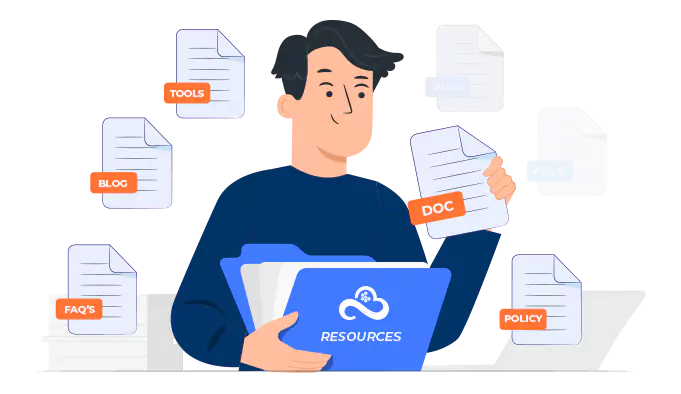
 Power
Power
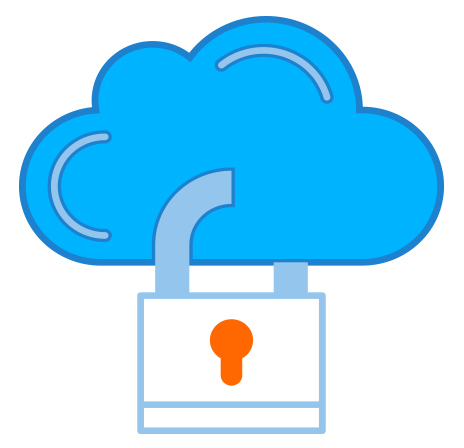 Utilities
Utilities VMware
Private Cloud
VMware
Private Cloud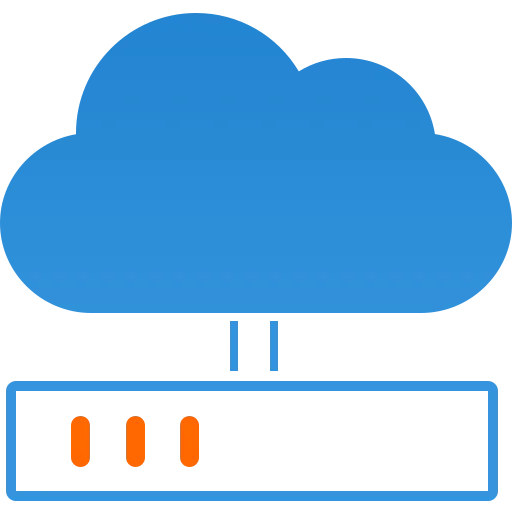 VMware
on AWS
VMware
on AWS VMware
on Azure
VMware
on Azure Service
Level Agreement
Service
Level Agreement 